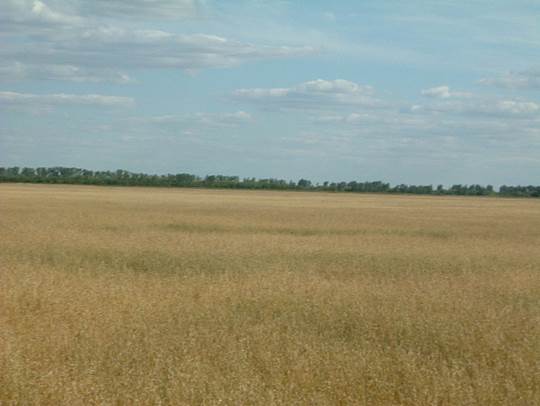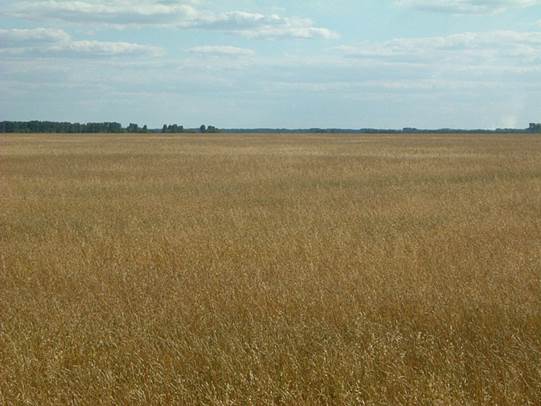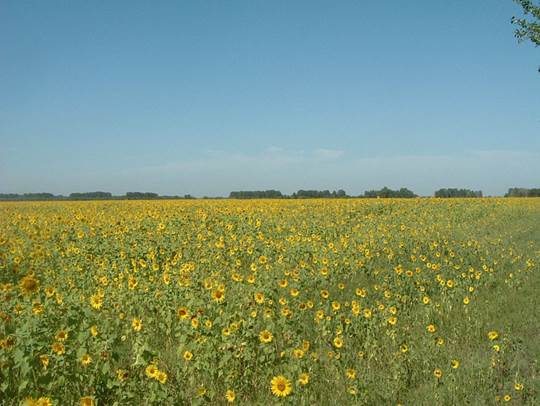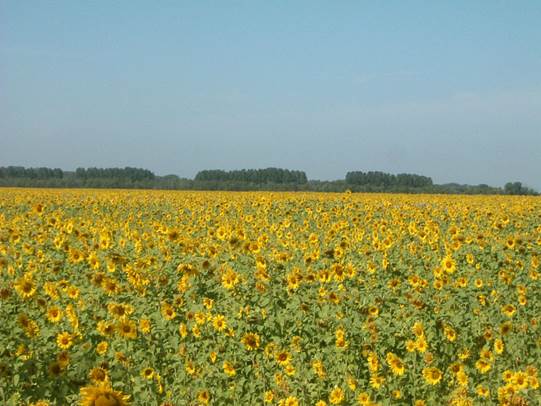Flavonoids in soil
Flavonoid biosynthetic cycle results in a lot of different chemical compounds that perform a variety of functions in plants. In addition to previously mentioned plants and bacteria symbiosis induction, flavonoids performs more in the functions plant rhizosphere.

2 pav. Schematinis flavonoidų funkcijų rizosferoje atvaizdavimas (pagal Hassan S., Mathesius U., 2012. The role of flavonoids in root – rhizosphere signalling: opportunities and challenges for improving plant – microbe interactions. Journal of Experimental Botany 63: 3429–3444.)
Flavonoids:
- - protects plants from UV radiation,
- - auxines are transport vehicles and regulate other physiological processes
- - Carry out the functions of signaling molecules, during the symbiotic interaction of the plant with nitrogen fixing bacteria
- - Stimulates mycorrhiza fungi spore germination and branching of hyphae,
- - Increases the micro and macro elements of availability,
- - Repels parasitic nematodes and inhibits infections caused by them,
- - Has other plant disease-causing micro-organisms (for example, Fusarium oxysporum) that have inhibitory effects on reproduction,
- - The roots of plants in the rhizosphere of plants can mediate allelopathy interaction.
Flavonoids are capable of entering into the soil where some readily available trace elements are more accessible (chelating physics and soil nutrients), and other plant and soil microorganisms. For example, the investigation of alfalfa (Medicago sativa) root exudates, it was found that flavonoids such as genistein, quercetin, kaempferol, forming chelating compounds, phosphorus and iron make plants more bioavailable and may also make iron more available for the reduction of Fe (III ) to Fe (II) and iron chelating otherwise inaccessible, to iron oxide.
| Be Rokiprag | Su Rokiprag |
 |
 |
 |
 |
| Pomidorų šaknys su Rokiprag | |
|---|---|
So rhizosphere exudates in flavonoids have a great significance for both plants during the nutrient uptake processes and activated mutual beneficial plants, bacteria and fungi and in plant relationship, which results in accelerated plant growth and development contributes to the improvement of crop quality.
Since bioflavonoids performs various physiological functions in different parts of the plants and their roots in the rhizosphere, the chelation and nutrient transfer starts and ends with the protective symbiotic processes and promoting functions. It makes sense that bioflavonoids produce agro-preparations both
to nourish the plant through the leaves (for example, in a complex with other trace elements) rhizosphere and plant irrigation.
In this way, in order to efficiently and evenly use Rokiprag bioflavonoids contained in the transfer to the plant tissues through the leaves and deeper into the soil, it is necessary in view of the active substances that Rokiprag has physicochemical properties, choose the appropriate, effective preparation of active transport of materials to ensure accessory’s
- Galeotti F., Barile E., Curir P., Dolci M., Lanzotti V., 2008. Flavonoids from carnation (Dianthus caryophyllus) and their antifungal activity. Phytochemistry Letters 1: 44.
- Hassan S., Mathesius U., 2012. The role of flavonoids in root – rhizosphere signalling: opportunities and challenges for improving plant – microbe interactions. Journal of Experimental Botany 63: 3429 – 3444.
- Giovanni A., Massimiliano T., 2010. Multiple functional roles of flavonoids in photoprotection. New Phytologist 186: 786 – 793.
- Mathesius U., Schlaman H. R. M., Spaink H. P., Sautter C., Rolfe B.G., Djordjevic M.A., 1998. Auxin transport inhibition precedes root nodule formation in white clover roots and is regulated by flavonoids and derivatives of chitin oligosaccharides. Plant Journal, vol.14, 23 – 34.
- Hassan S., Mathesius U., 2012. The role of flavonoids in root–rhizosphere signalling: opportunities and challenges for improving plant–microbe interactions. Journal of Experimental Botany 63: 3429 – 3444.

 Powered by Esteriol
Powered by Esteriol